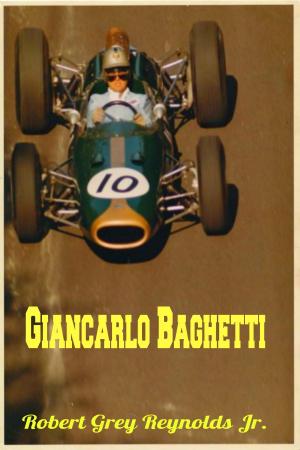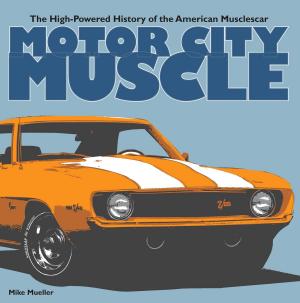An Old Coachman's Chatter with some Practical Remarks on Driving
Nonfiction, Reference & Language, Transportation, Automotive, Driver Education, Antique & Classic, Domestic| Author: | Edward Corbett | ISBN: | 1230000231596 |
| Publisher: | RICHARD BENTLEY AND SON | Publication: | April 8, 2014 |
| Imprint: | Language: | English |
| Author: | Edward Corbett |
| ISBN: | 1230000231596 |
| Publisher: | RICHARD BENTLEY AND SON |
| Publication: | April 8, 2014 |
| Imprint: | |
| Language: | English |
An Old Coachman's Chatter with some Practical Remarks on Driving
Nimrod has somewhere said that a good coachman could almost be perceived by the manner in which he put his gloves on, or words to that effect; but without going so far as that, I believe the way in which he mounts his box is no bad criterion. How different to see a practised hand approach his team with confidence, and the almost mechanical way in which he handles the reins, from the hesitation and fumbling so often apparent in a tyro. Let us picture him to ourselves as he approaches his horses, how easily he catches his whip, the crop held well up so as not to run the chance of the thong being entangled in the wheeler's ears, and there are no festoons of the thong. Then taking hold with the left hand of the leading reins, nearly up at the territs, beginning with the near side, he gives them a pull sufficient to satisfy himself that no impediment exists to their free running, and passes them to the centre finger of the right hand; after which, doing the same with the wheel reins, he places them on the forefinger of the right hand, in which position they are ready to be transferred to the left hand, only reversing the fingers. This will prevent any necessity for sorting the reins after having mounted the box, and thus enabling him to start without a moment's delay. The other two fingers should be tightly pressed upon the reins to prevent them slipping.
An Old Coachman's Chatter with some Practical Remarks on Driving
Nimrod has somewhere said that a good coachman could almost be perceived by the manner in which he put his gloves on, or words to that effect; but without going so far as that, I believe the way in which he mounts his box is no bad criterion. How different to see a practised hand approach his team with confidence, and the almost mechanical way in which he handles the reins, from the hesitation and fumbling so often apparent in a tyro. Let us picture him to ourselves as he approaches his horses, how easily he catches his whip, the crop held well up so as not to run the chance of the thong being entangled in the wheeler's ears, and there are no festoons of the thong. Then taking hold with the left hand of the leading reins, nearly up at the territs, beginning with the near side, he gives them a pull sufficient to satisfy himself that no impediment exists to their free running, and passes them to the centre finger of the right hand; after which, doing the same with the wheel reins, he places them on the forefinger of the right hand, in which position they are ready to be transferred to the left hand, only reversing the fingers. This will prevent any necessity for sorting the reins after having mounted the box, and thus enabling him to start without a moment's delay. The other two fingers should be tightly pressed upon the reins to prevent them slipping.















